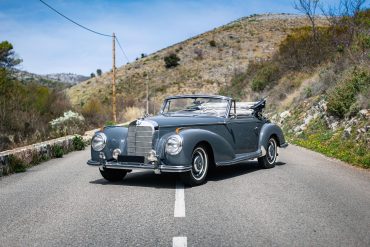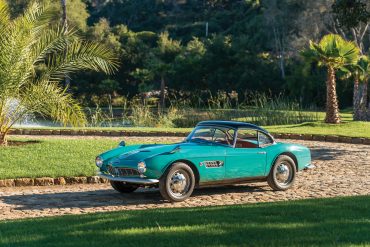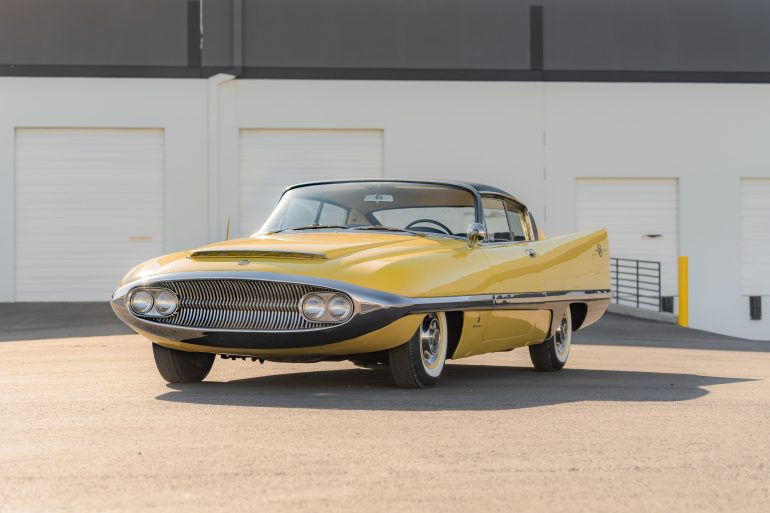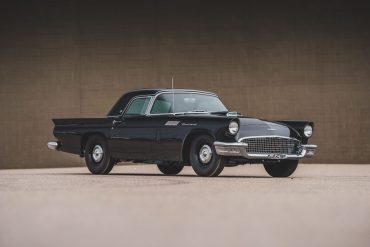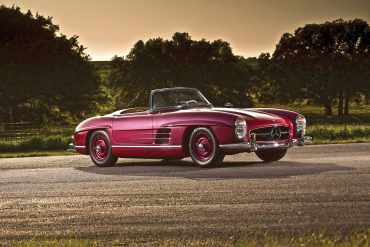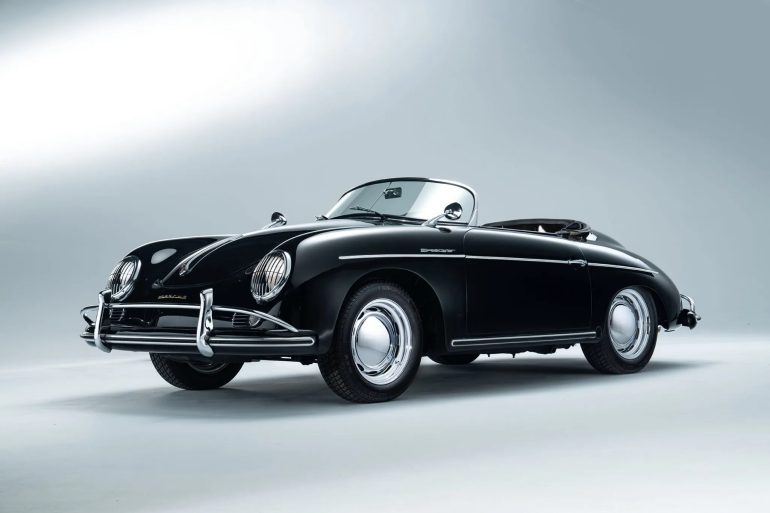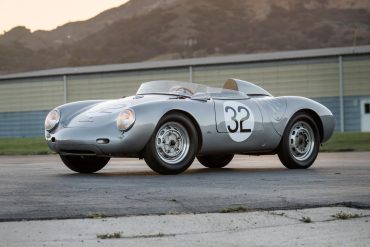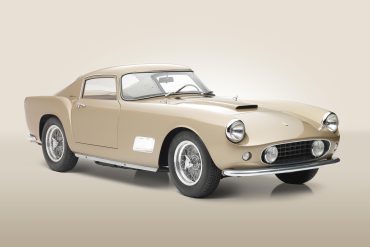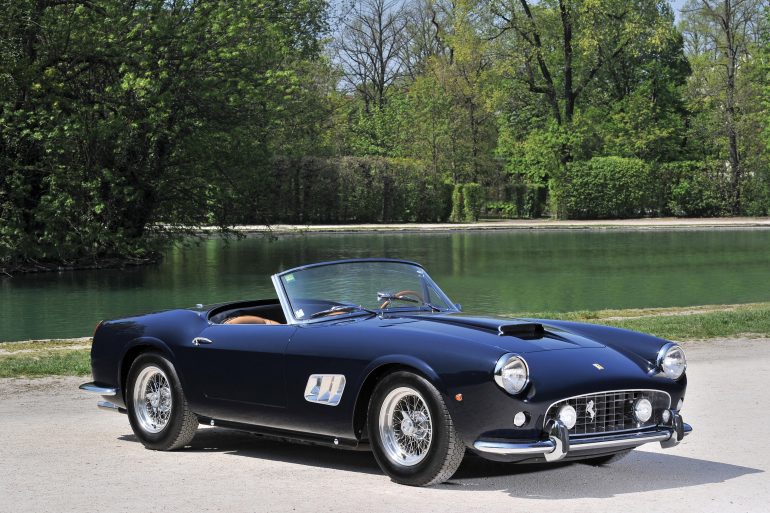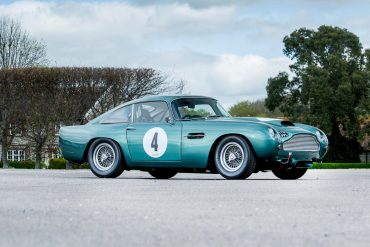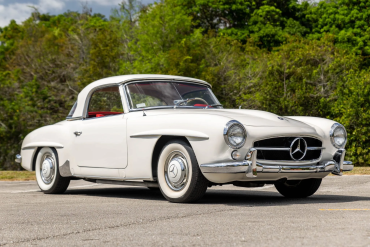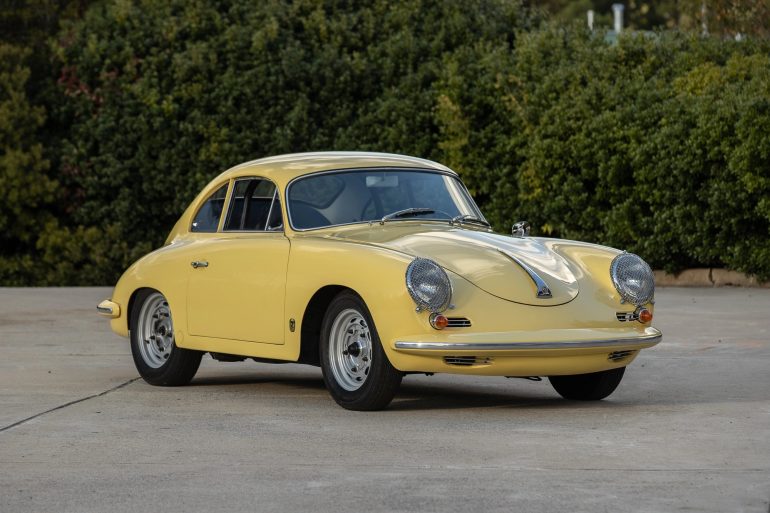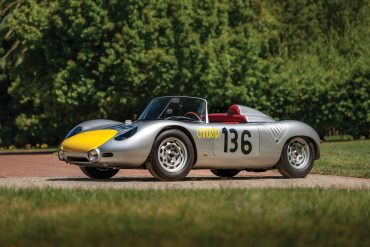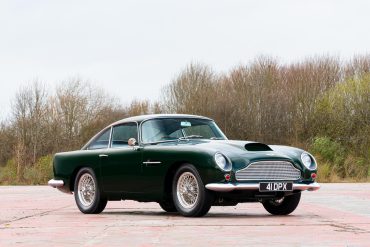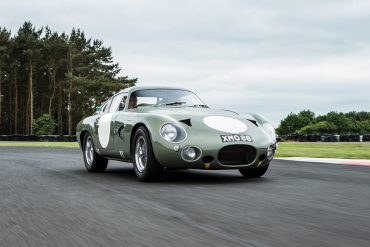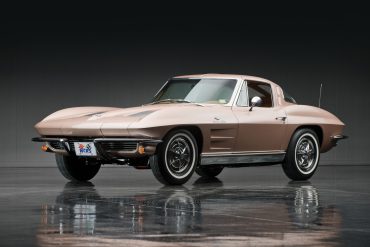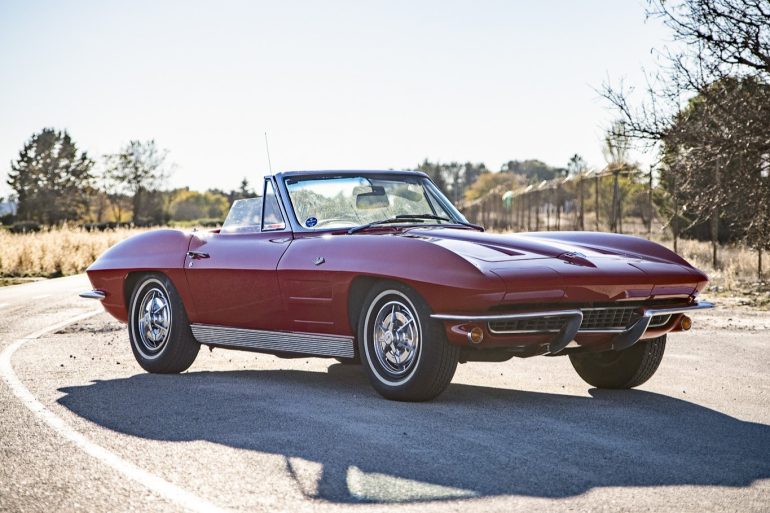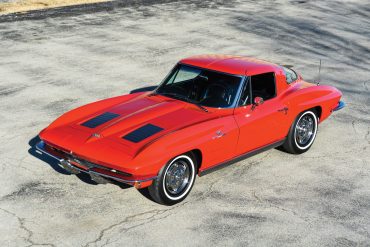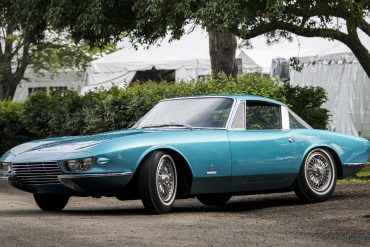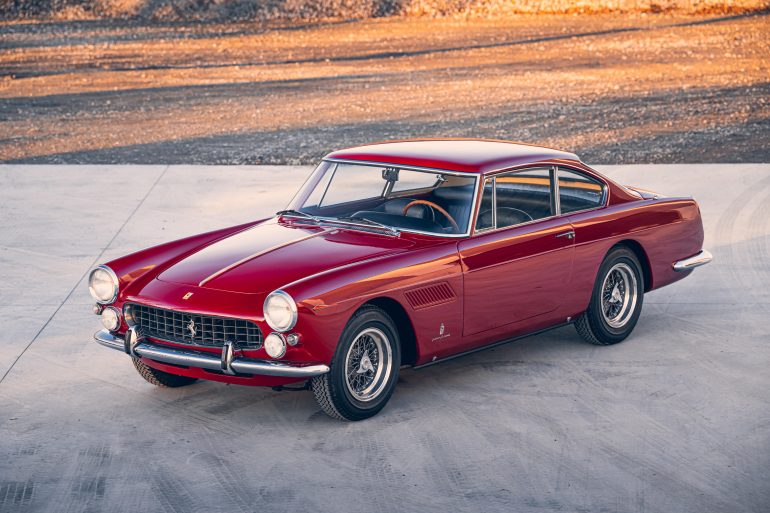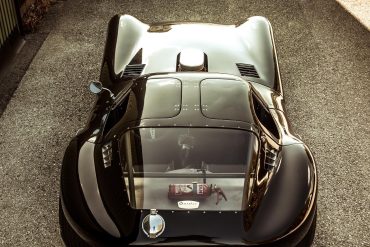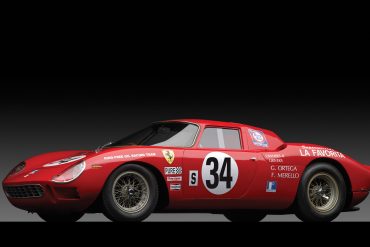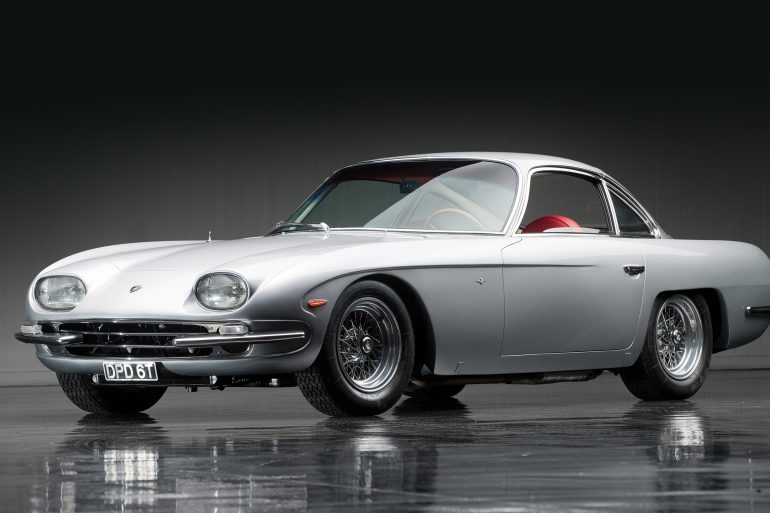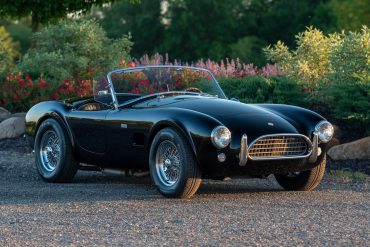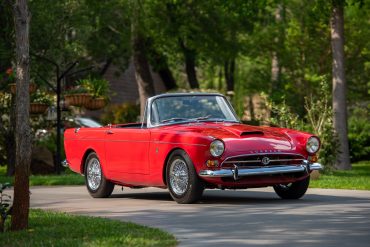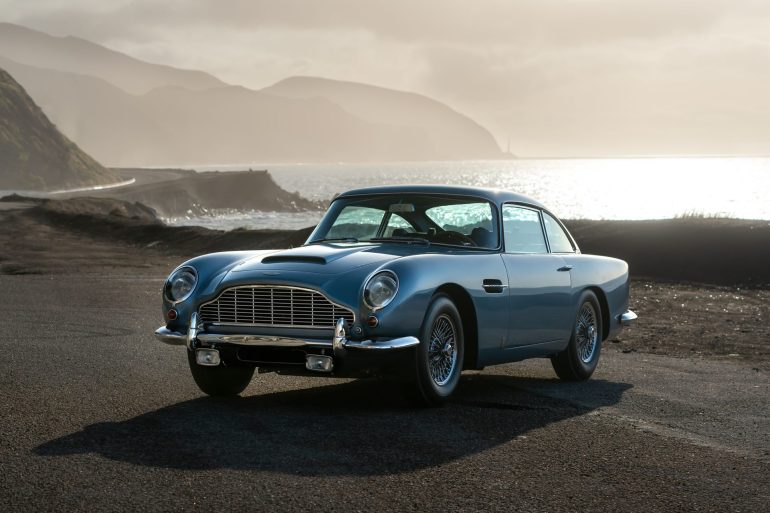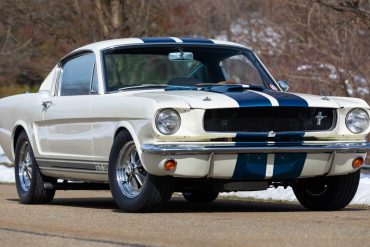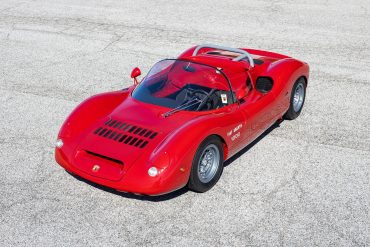More expensive than the 300 SL sports car and nearly twice the price of the top-of-the-line Cadillac of its era,...
Some cars are designed to get us from A to B, and nothing more. And then there are icons –...
The Super Dart 400 was built on a 1957 300C Chrysler chassis and proudly featured a 400-horsepower Chrysler Hemi engine under the hood, complete with two substantial 4-barrel carburetors. This powerhouse was assembled on Chrysler’s industrial engine line and enhanced with a combination of performance parts, including the optional “Power...
The 1957 Ford Thunderbird bid farewell with a sense of pride, showcasing refreshed aesthetics and an array of new performance...
It was no surprise that the competition-bred Mercedes Benz 300 SL Gullwing coupe set the world afire upon its debut, with...
Introduced in late 1954, the Porsche 356 A Speedster continued as a stripped-down, affordable, sports-oriented convertible within the 356 A generation. Featuring a removable cut-down windshield, a lightweight detachable top, and side curtains instead of roll-up windows found in the 356 A Cabriolet, the Speedster embodied simplicity. Initially powered by...
The Porsche 550 was Porsche’s first production racing car. The car was completely street legal, so it could be driven...
As a predecessor of the 250 GT SWB and the 250 GTO, the Ferrari 250 GT Berlinetta Tour de France...
While the 250 GT was primarily a racing car, it did spawn a line of desirable road-going models, too. In 1959, Ferrari debuted the shorter California Spyder on their stiffer short wheelbase (SWB) chassis. These cars were superior as they had disc brakes, a more powerful engine, and less bulk. Like the LWB...
Unveiled at the 1959 London Motor Show, the DB4GT, with a shorter wheelbase and reduced weight, debuted victoriously at Silverstone...
The 190SL, a smaller and less expensive version of the Mercedes Benz 300SL, was introduced in 1954 at the New...
For decades, Porsche has established itself as a renowned car manufacturer, celebrated for its adaptability and agility. It has consistently catered to the desires of racing enthusiasts and discerning clients by creating special versions of their beloved cars. During the early 1960s, the 356s were no exception to this tradition....
Despite being made for the small engine displacement classes, Porsche nearly won the 1960 Manufacturers Championship with the RS 60....
1959 was a great year for Aston Martin Racing as they secured a one-two finish at the grueling Le Mans 24 Hours with...
Known for their competitive spirit and constant experimentation with new ideas, Alfa Romeo embarked on their quest to build a formidable GT sports/racecar exhibiting the very best and most highly developed ideas for that time. Though conceived around the 105 platform, construction would employ a lightweight tubular steel chassis (tubolare)...
DP215, the Aston Martin Design Project, was the last racing car to be built by the factory and represented the...
The 1963 Corvette Sting Ray holds a special place in automotive history as it ushered in the second generation of...
The introduction of the Sting Ray in 1963 sent shockwaves through the North American sports car market, causing a sensation that far surpassed expectations. The overwhelming success of the model prompted the St Louis factory to implement a second shift, yet the demand for these cars remained insatiable. Manufactured under...
The first Z06 was actually an option package first offered with the 1963 Corvette. The package was developed by Corvette’s legendary...
The Corvette Rondine concept was built by Pinanfarina and introduced at the 1963 Paris Motor Show. The car started life...
In 1960, Ferrari introduced the 250 GTE 2+2, marking its foray into the four-seater market to compete with rivals like Aston Martin and Maserati. This model was born from the immensely successful 250 GT, launched in 1954, featuring a more compact 3.0-liter V12 engine designed by Colombo. The 250 GTE...
Bill Thomas had one goal in mind when he designed and produced the Cheetah: beat the Ford Cobra. With Chevrolet...
In the period between 1960 and 1965, Ferrari was at its absolute prime on the racing circuits. It became the...
The 350 GT was the first production vehicle produced by Lamborghini. It is the car that Ferrucio Lamborghini envisioned when establishing the automotive side of his business, a classic grand touring berlinetta with a V12 up front, drive to the rear, and a 5-speed manual in the middle. It could...
Combining the power of Ford’s short-stroke V8 with the nimbleness of AC’s sporting chassis, the Cobra was the first largely...
The Sunbeam Tiger is an English iconic two-seater roadster, built during the 1960s by the Rootes Group of Britain to...
The DB5 was introduced in July of 1963 and was an evolution of the DB4 series rather than a whole new machine. The major change was the motor, which was increased to 4 liters, up from 3.7. The light alloy engine was equipped with triple SU carburetors and mated to...
The GT350 was truly an inspired design, achieved collectively by low-cost alterations and important performance marketing. Stance, stripes and scoop...
In 1966, Abarth introduced the 1000 SP Barchetta, which featured a twin-cam 1-liter engine derived from the Fiat 600D and...
No racing car exemplified and exploited the admirable freedom of the Can-Am series rules more than the 1966 Chaparral 2E. It introduced new aerodynamic concepts that were game-changing, though it took a while for others to catch on. In 1966 Chaparral introduced the 2E for the Can-Am series. With its...


